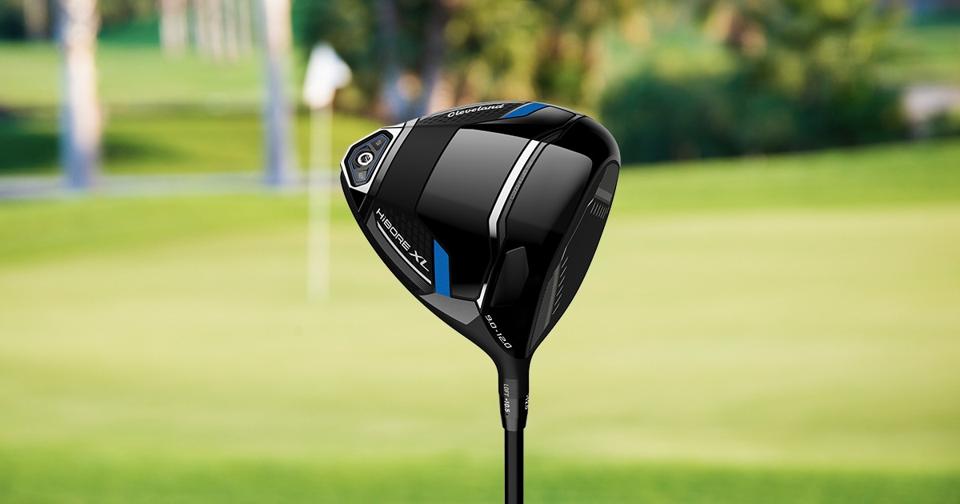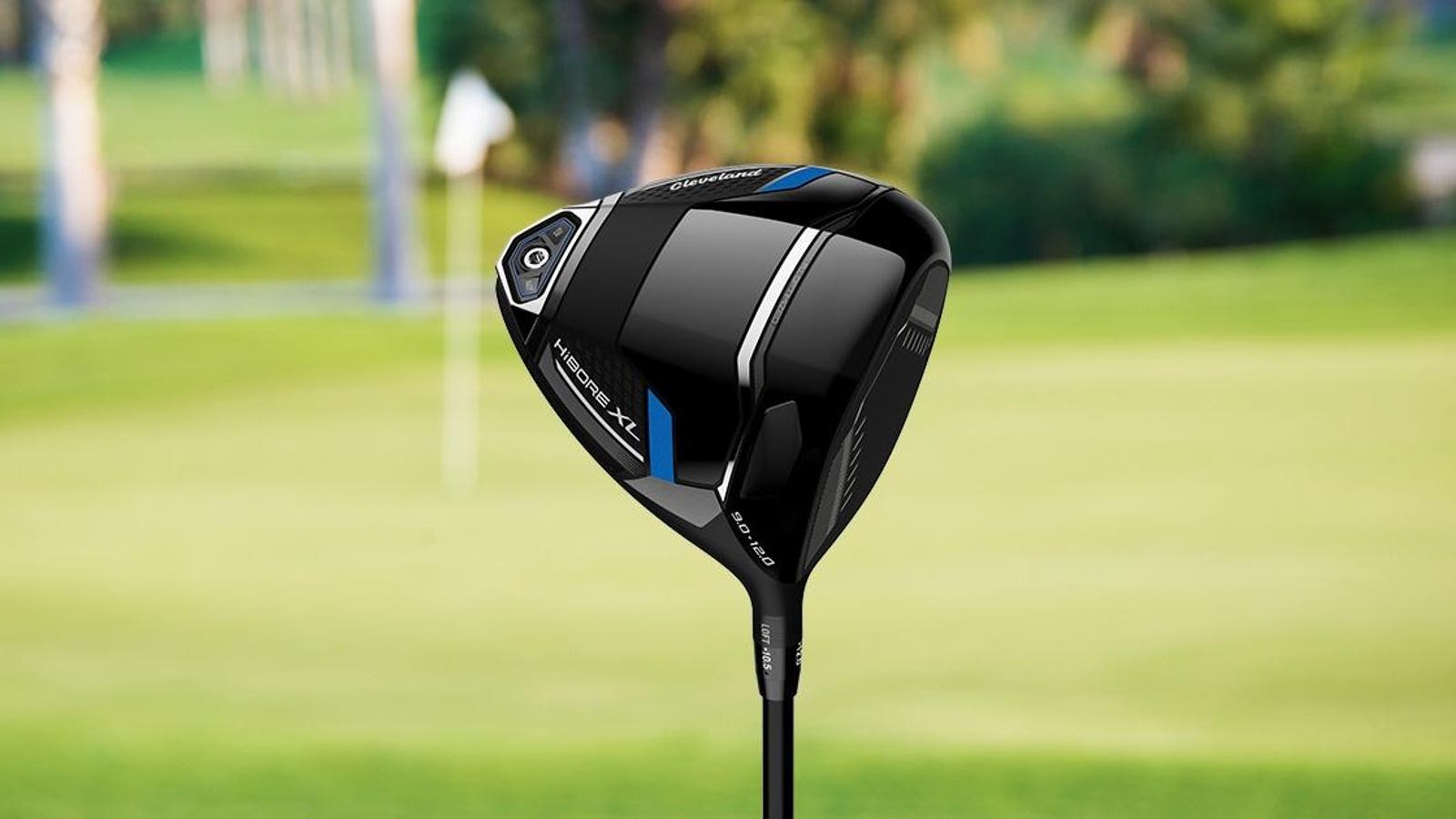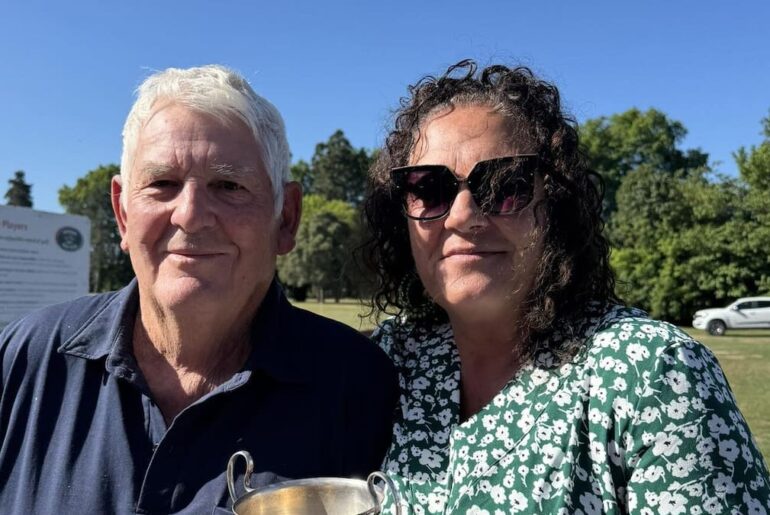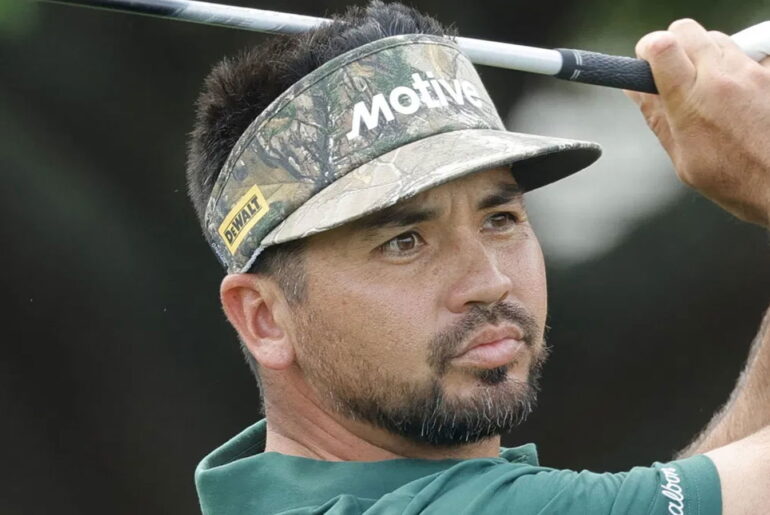
The HiBore XL features a triangle shape that allows for a larger clubface for maximum forgiveness.
Cleveland Golf
“Innovation is the ability to see change as an opportunity—not a threat.”
That quote from Steve Jobs, one of the greatest innovators ever, is relevant across all industries, including golf. As original equipment manufacturers (OEMs) leverage new materials, technologies and testing in the arms race for golf’s growing demographics, some are leading the pack.
L.A.B. Golf, which recently sold to private equity firm L Catterton for a reported $200 million, innovated the modern-day putter. The brand sparked the zero-torque movement which was quickly mimicked by legacy golf OEMs including Odyssey, TaylorMade and Bettinardi. J.J. Spaun’s 64-foot putt on the 18th hole to win the 2025 U.S. Open at Oakmont only validated L.A.B. Golf’s innovation.
Since its release in late 2024, Cleveland Golf’s HiBore XL driver has been met with both hesitation and obsession over its design, which bucks the trend from modern-day drivers.
“The unique look of the club has certainly turned some heads and struck people as something unique and different from anything they had seen before,” said Casey Schultz, Cleveland Golf senior product manager. “The surprising thing about the product to many has been just how good it sounds. Golfers expect odd-looking drivers from the past to have loud, unappealing sounds, but the sound of the HiBore XL driver has certainly been a massive positive this generation.”
Cleveland Golf started searching for an alternative partner for its impact simulations and pre-processing around 2008 or ’09. Altair, a global technology company known for its software and cloud solutions in simulation as well as high-performance computing, AI and data analytics, provided Cleveland Golf with more efficient, effective and detailed solutions, particularly around club engineering and testing.
As golf continues to explode in popularity—47.2 million Americans age 6+ played both on- and off-course golf in 2024 according to the National Golf Foundation—OEMs like Cleveland Golf are prioritizing solutions for the game’s growing demos and novices.
Bringing back one of the brand’s beloved classics with a modern twist, the Hibore XL features a narrowed chassis to maintain the desired head volume, while placing weight low and deep, and tapering the rear of the club to create its triangular shape to help support its extra-large face. The larger club face translates into an expanded sweet spot for players with a 19% increase in size compared to the brand’s previous driver (Launcher XL 2).
“The goal with this product was to improve sound, but we did not want to sacrifice forgiveness to get there,” said Jacob Lambeth, Cleveland Golf research engineering supervisor. “So we developed a new optimization process with Altair software to help us identify any alternative designs that could stiffen the sole and maintain forgiveness. To our surprise, the simulation converged on a very triangular shape and decreased the clubhead’s volume.
“It drastically increased stiffness—leading to better sound—and maintained forgiveness—measured by MOI (moment of inertia). The lower volume opened the door for us to increase the face size, which helps forgiveness on large mishits. In the end, you have a product that sounds better, feels better and performs better.”
While the triangular clubhead shape isn’t completely revolutionary (see also: Titleist 907 D1, Callaway FT-iZ, Big Bertha Fusion and COBRA LTDx and LTDx Max), Cleveland Golf’s emphasis on providing golfers with as massive of clubface as possible within USGA regulations, could reignite the triangular trend as OEMs engineer clubs specifically for novice golfers, who are getting into the game through Topgolf and other golf-entertainment venues, shows and movies like Full Swing and Happy Gilmore 2, or streetwear-inspired brands including Malbon.
“Altair created a set of engineering tools that allows companies to bring physical testing into the digital realm, not simply to analyze, but to optimize,” Altair account manager Ryan Samuels said. “We didn’t just focus on one physics type like structural analysis, but many that are relevant to the product design like aerodynamics and acoustics. That allows companies like Cleveland Golf to simulate and optimize on a multi-disciplinary basis to develop a club that not only sounds good but feels and performs at a high-level.”







